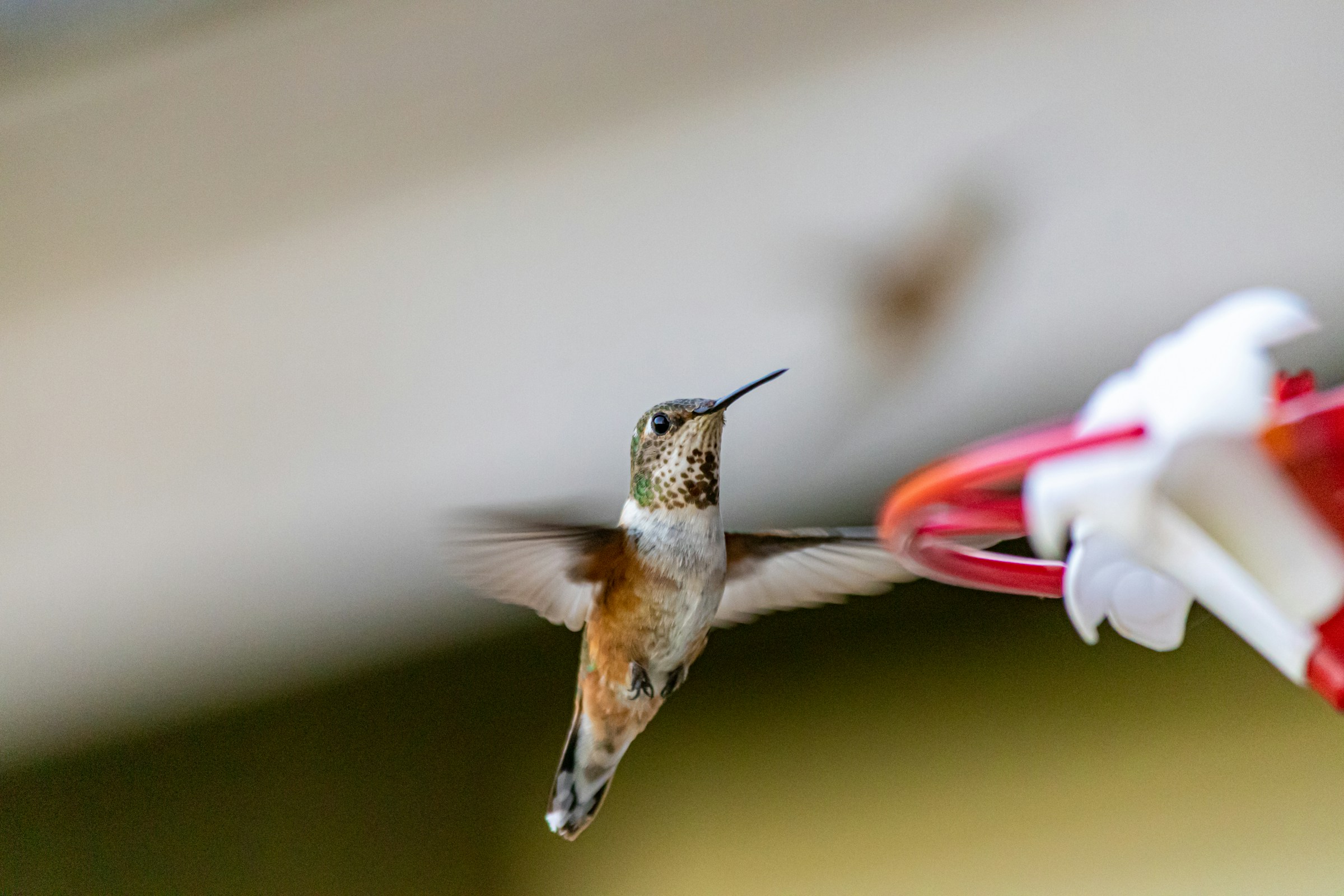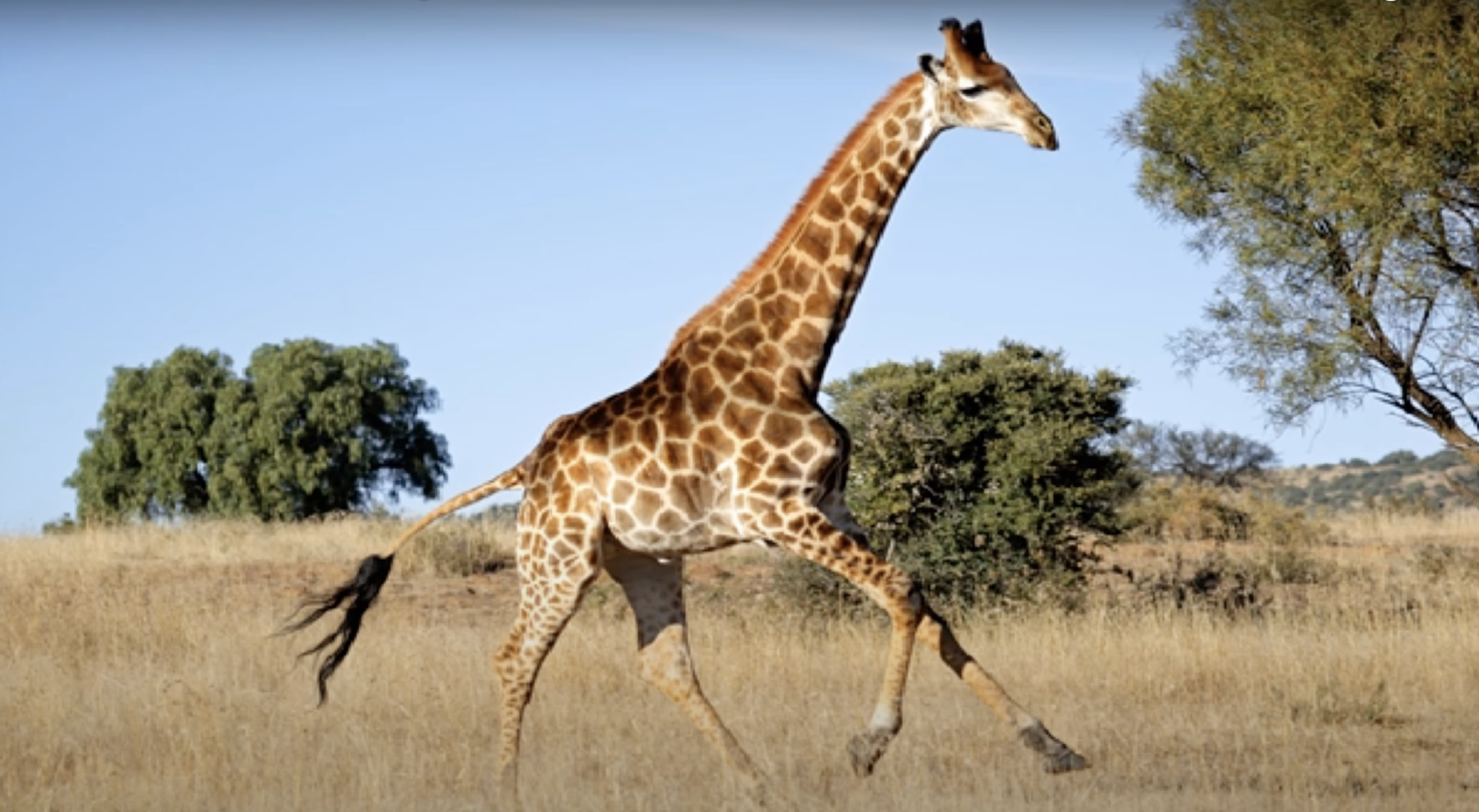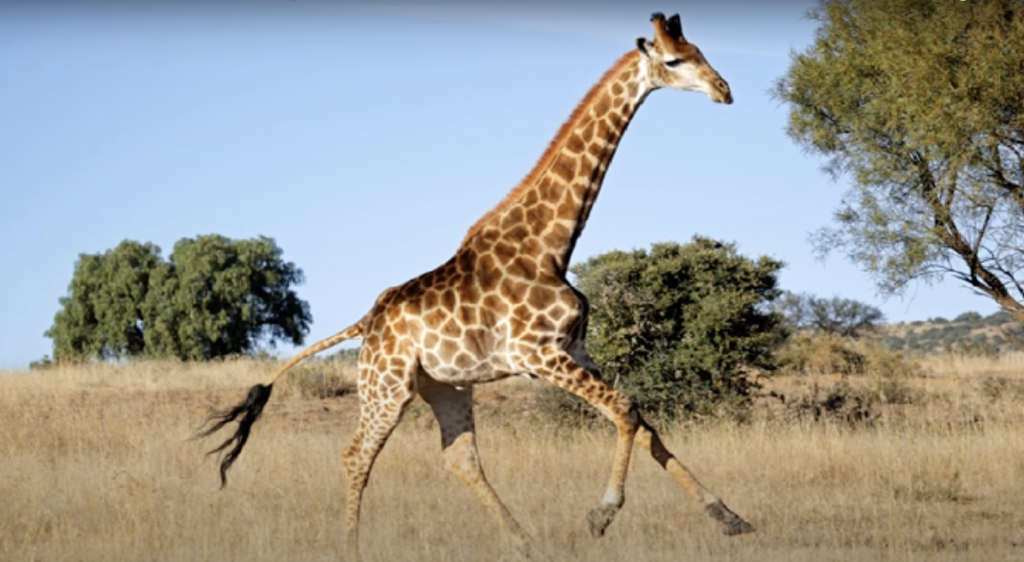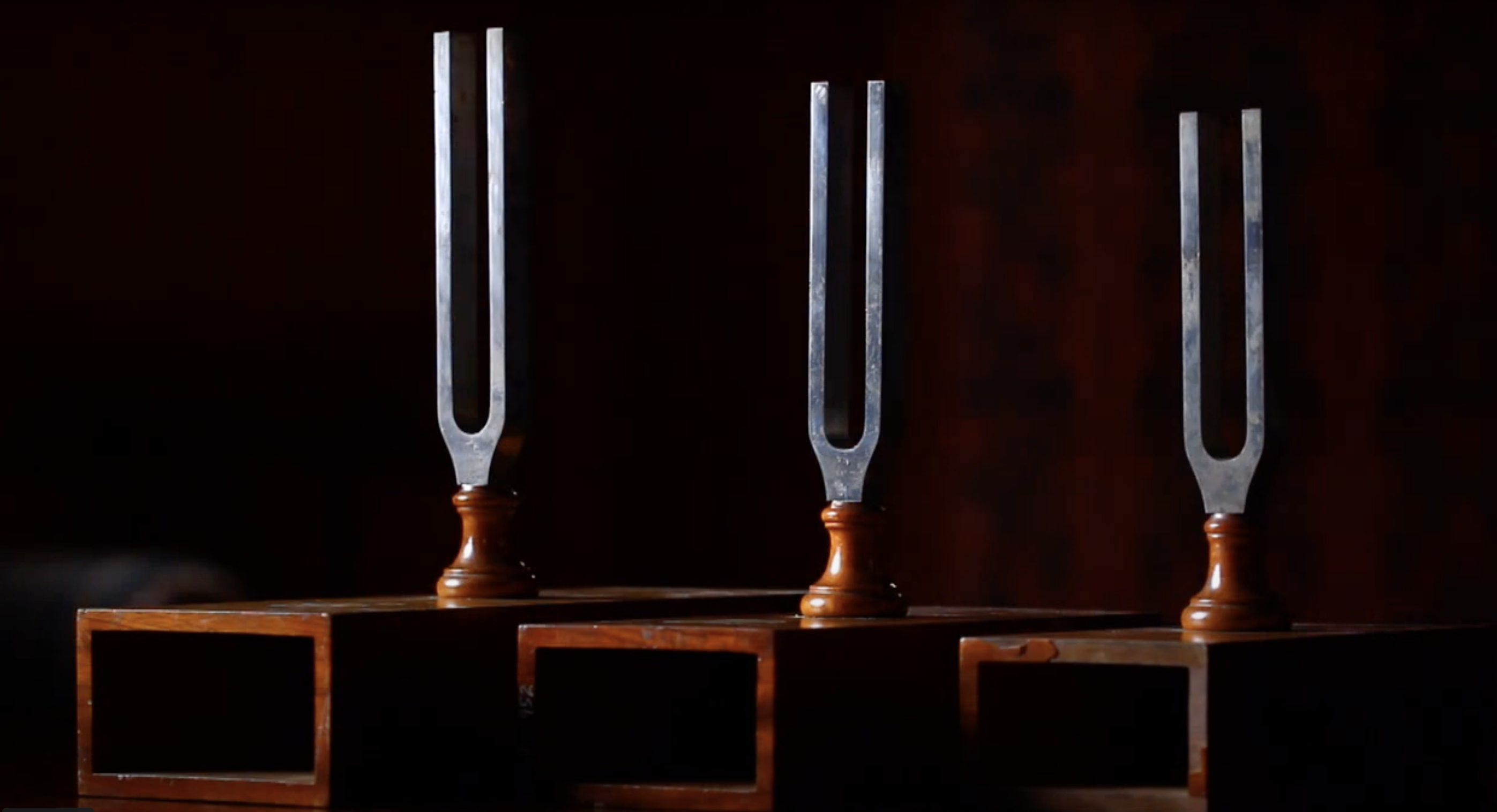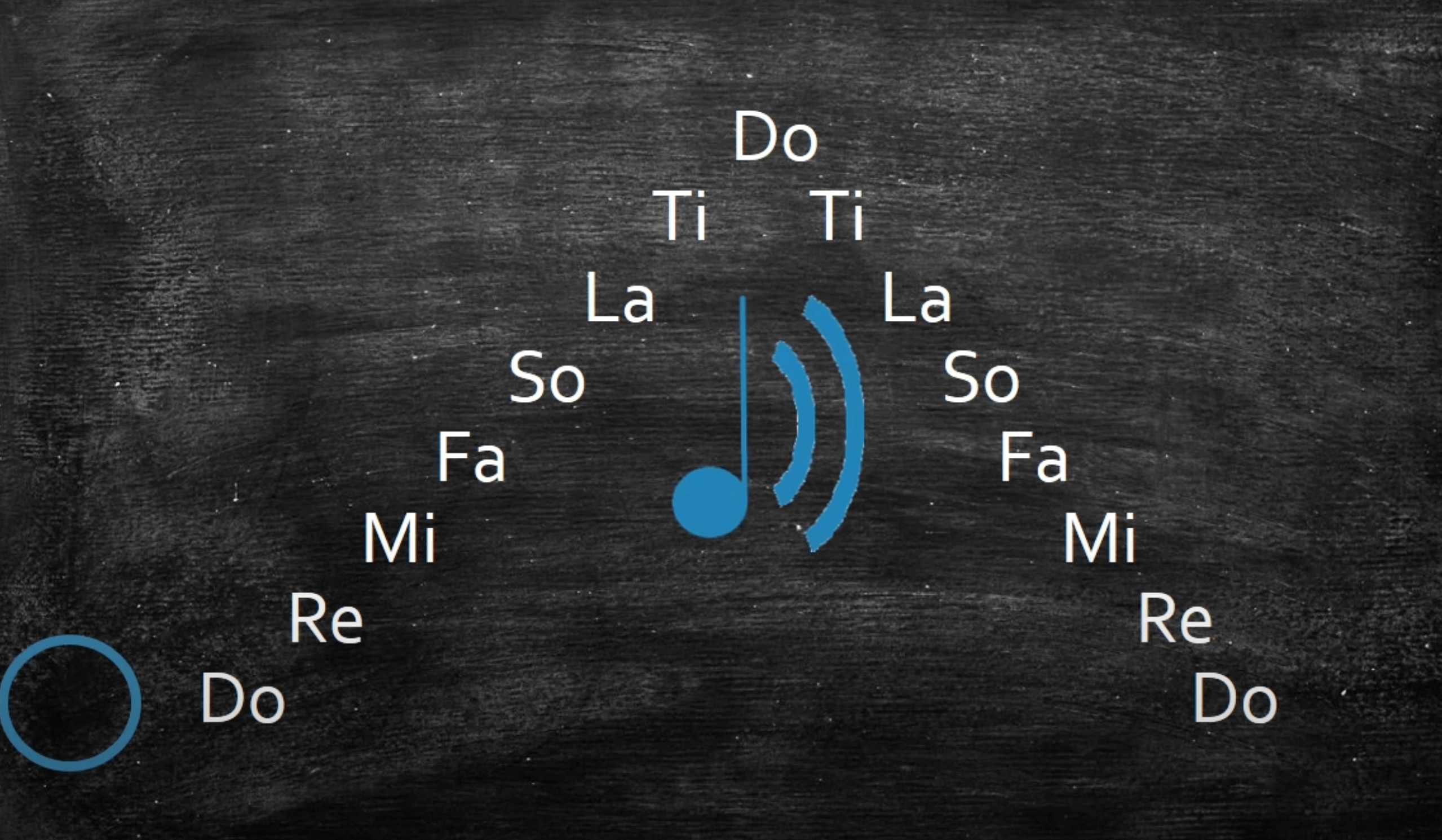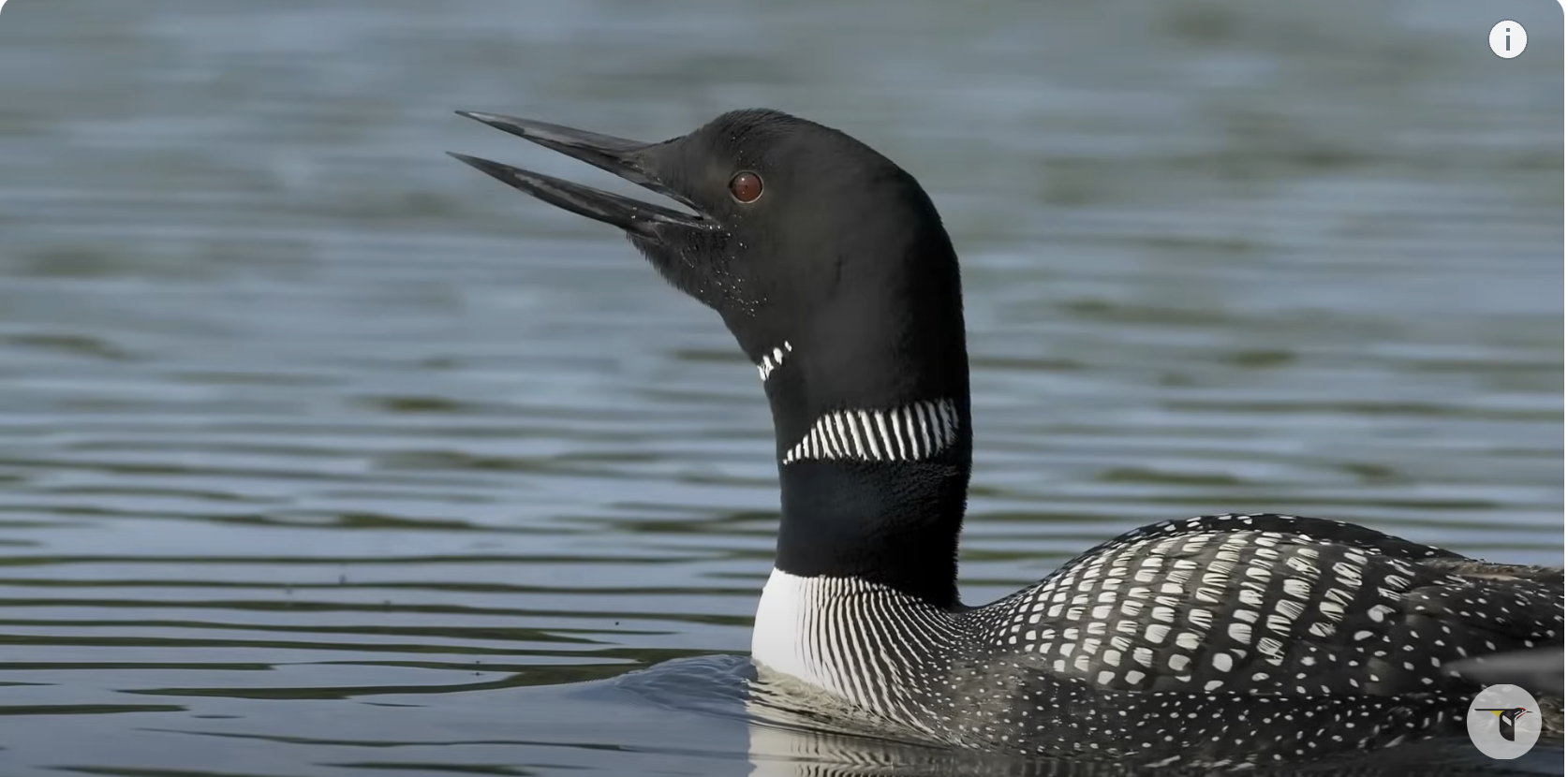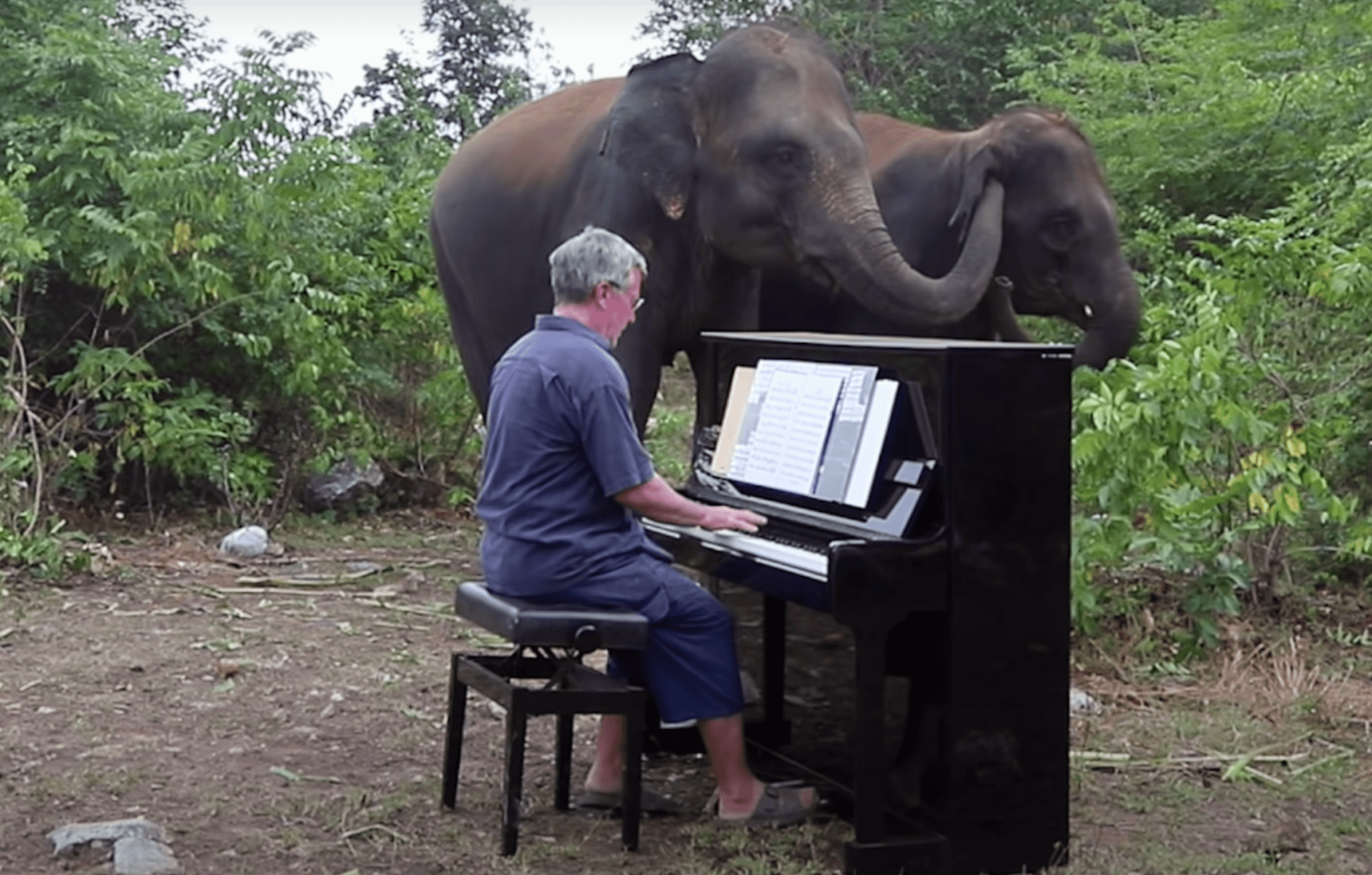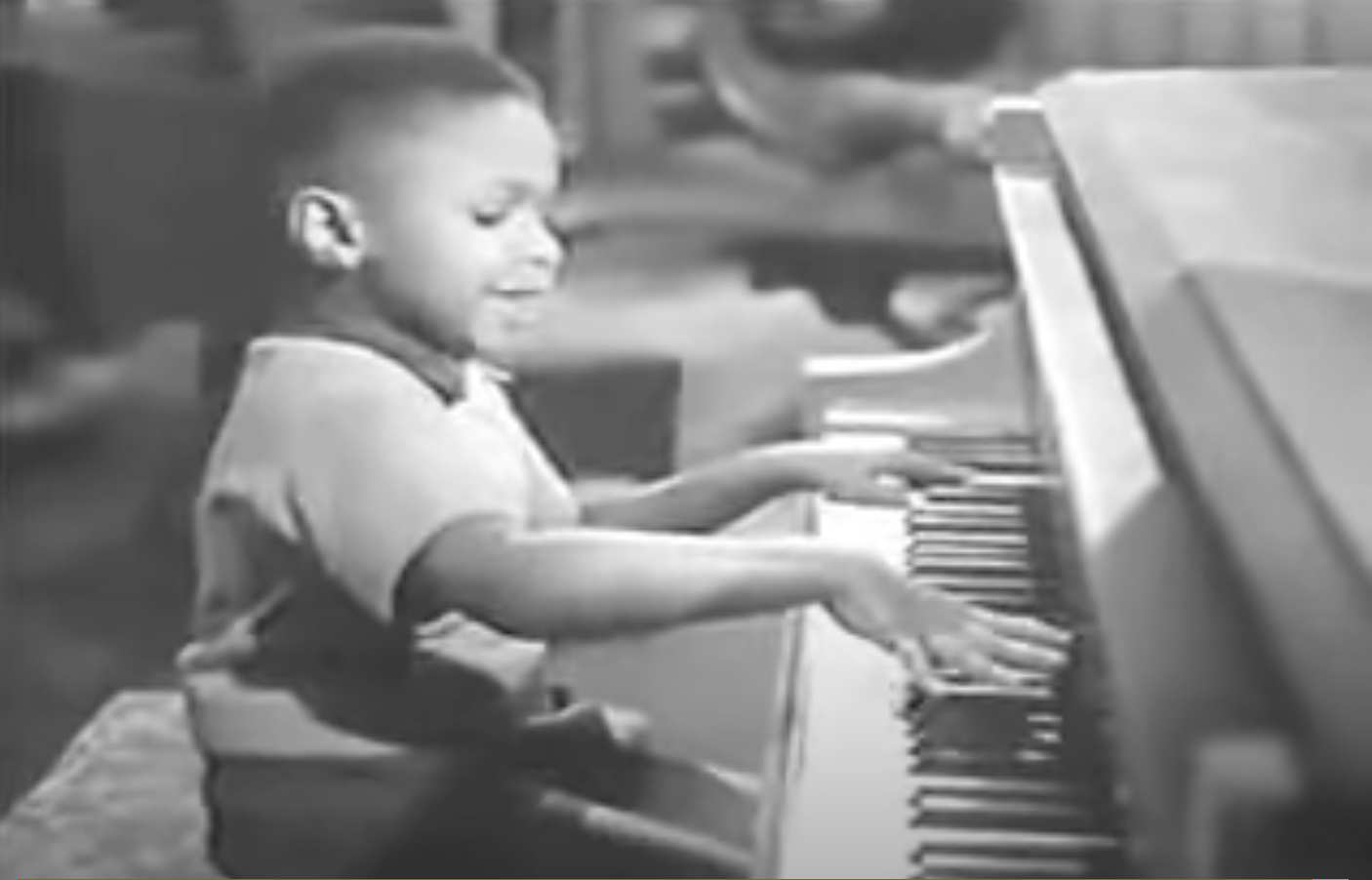Have you ever been close enough to hear the sound of hummingbird wings? I found it magical.
Hummingbirds hover at an average rate of 80 wingbeats per second. With strong muscles, and rotating shoulder joints, their wings flutter in a figure 8 pattern. This allows them to move forward, backward, or pivot to the side.
Take a listen to this remarkable creature in flight. You’ll hear some chirps, too!
Who isn’t delighted by catching sight of a hummingbird? In some Indigenous cultures, this little bird is the symbol of joy and healing. In others, a sign of strength, endurance, beauty and harmony.
My husband and I often share our ‘highlight of the day’ right before we go to sleep. One night, after a day of many gifts—abundant organic produce from our local farm, excitement of my upcoming book launch, strength my husband is gaining from weight lifting—how remarkable that we both named our highlight as the hummingbirds at our feeder!
It’s good to celebrate life’s big events. And, on any given day, our peak experience might still be as tiny and miraculous as the sound of a hummingbird’s wings.
All we need to do is stay alert for the small joy that darts into our lives.
That is living as music.
Photo by Eric Brehm on Unsplash
Subscribe here for Living As Music
Find Your Rhythm. Harmonize with your heart.
